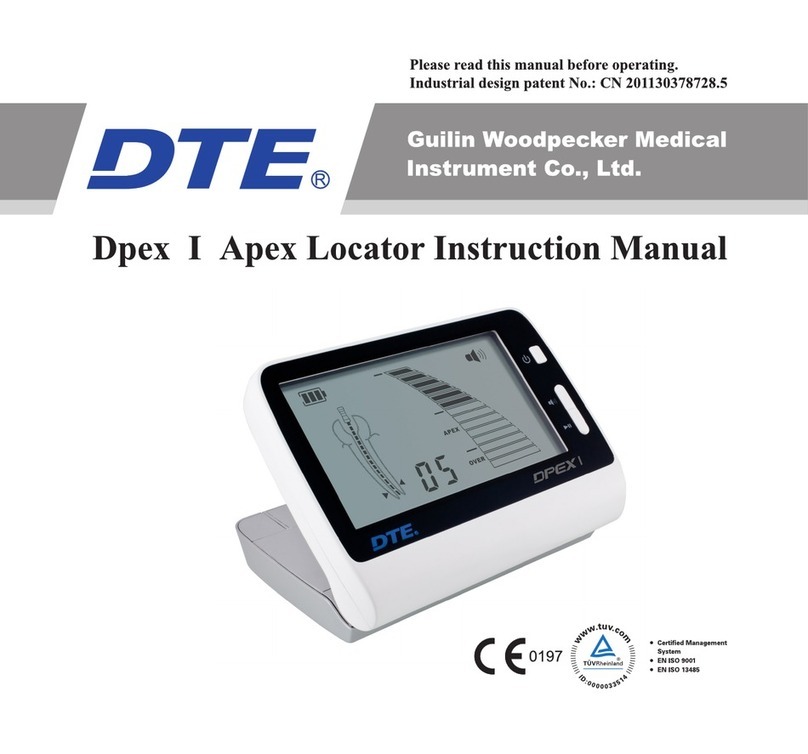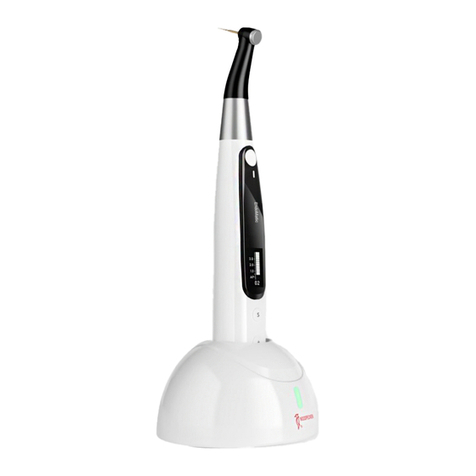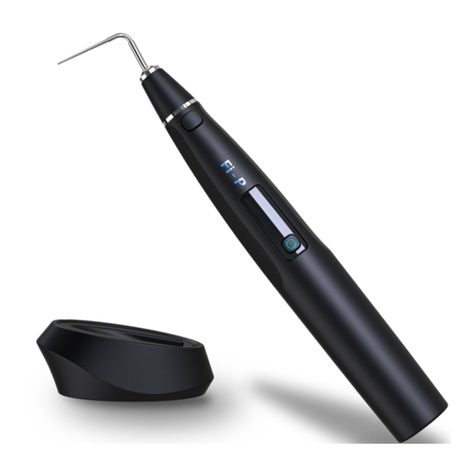Guilin Woodpecker Medical Instrument Ai-Pex User manual
Other Guilin Woodpecker Medical Instrument Medical Equipment manuals

Guilin Woodpecker Medical Instrument
Guilin Woodpecker Medical Instrument Fi-E User manual

Guilin Woodpecker Medical Instrument
Guilin Woodpecker Medical Instrument DTE Dpex I User manual

Guilin Woodpecker Medical Instrument
Guilin Woodpecker Medical Instrument Endo Radar Plus User manual

Guilin Woodpecker Medical Instrument
Guilin Woodpecker Medical Instrument EndoMatic User manual

Guilin Woodpecker Medical Instrument
Guilin Woodpecker Medical Instrument Fi-P WP4004 User manual

Guilin Woodpecker Medical Instrument
Guilin Woodpecker Medical Instrument Ai-Motor MotoPex User manual

Guilin Woodpecker Medical Instrument
Guilin Woodpecker Medical Instrument DTE User manual
Popular Medical Equipment manuals by other brands

Getinge
Getinge Arjohuntleigh Nimbus 3 Professional Instructions for use

Mettler Electronics
Mettler Electronics Sonicator 730 Maintenance manual

Pressalit Care
Pressalit Care R1100 Mounting instruction

Denas MS
Denas MS DENAS-T operating manual

bort medical
bort medical ActiveColor quick guide

AccuVein
AccuVein AV400 user manual





















